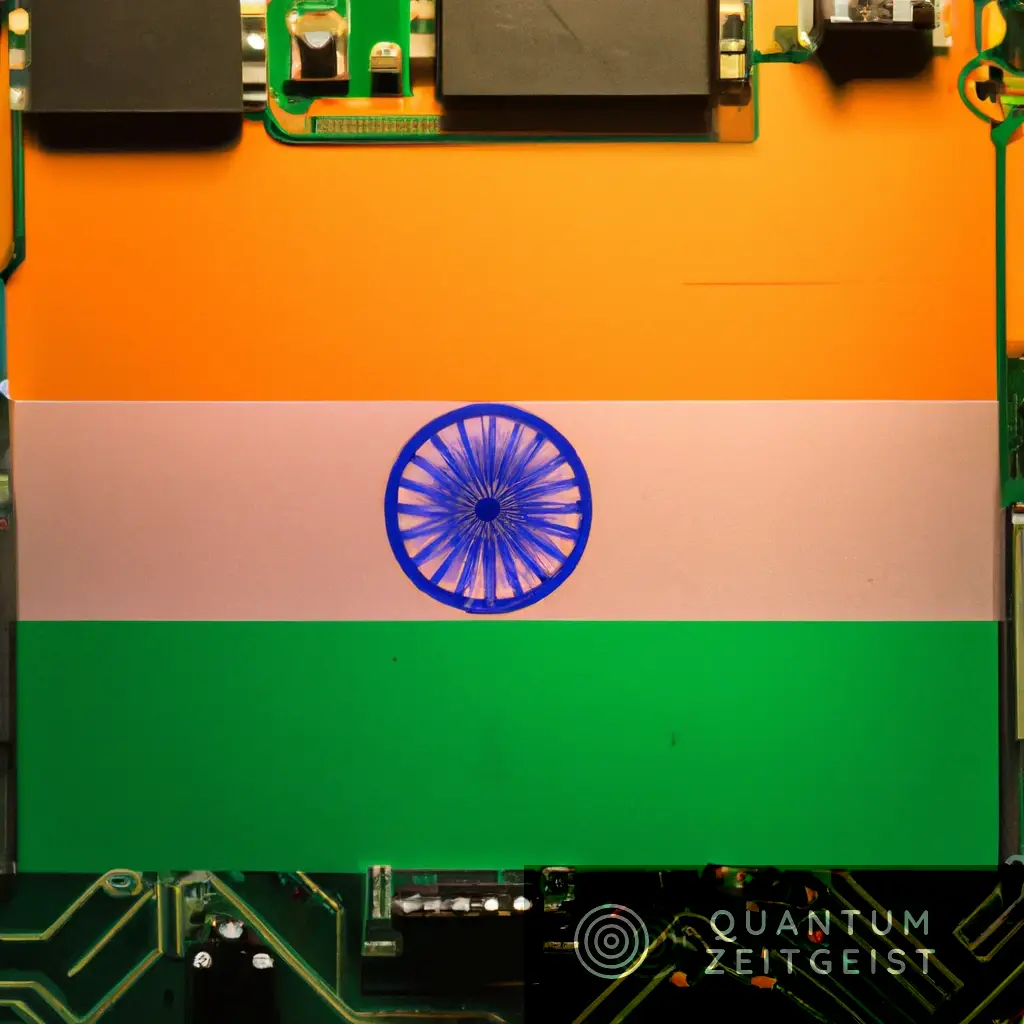Government involvement, academic participation, service providers, and the startup scene have all played major roles in India’s rapid growth of the quantum technology ecosystem. As a result, the country is becoming a talent hub for quantum computing.
Academia and Quantum Computing in India
In May 2021, technology giant IBM announced a partnership with eleven reputable academic institutions, including the Indian Institute of Science in Bangalore, to enable access to its quantum systems over the cloud to hasten advanced training and research in quantum computing.
These universities represent some of the most active in the academic contribution to Quantum Computing. IISER- Thiruvananthapuram, ISI-Kolkata, and IIT-Madras will host Quantum Computing Lab courses for their advanced undergraduate and graduate students. IBM quantum systems will be used in the lab sessions for these courses.
“By providing access to our systems over the cloud, IBM is enabling India’s brightest minds to learn the skills to prepare for this disruptive future. IBM is committed to growing a quantum-ready workforce and building an ecosystem to nurture the quantum community in India.”
Gargi Dasgupta, Director of IBM Research India and CTO, IBM India/South Asia.
The Indian Quantum Computing Start-Up Scene
Numerous Start-Ups have also appeared, and as a result, they are making progress in this field. Examples include QNu Labs in Bangalore and BosonQ in Bhilai.
QNu Labs is a cybersecurity business with its main office in Bengaluru, India. It holds the distinction of being the first company in India to create commercial cybersecurity products effectively.
BosonQ Psi is a software company which uses the capabilities of quantum computing to create simulations. To highlight near-term value adds to their customers, the company develops simulation capabilities using a hybrid infrastructure of quantum computers and conventional high-performance computers (HPC). BosonQ is also investigating novel simulation techniques for future fault-tolerant quantum computers.
National Strides in Quantum Computing in India
The National Mission on Quantum Technologies and Applications, which aims to advance quantum computing, cryptography, communications, and material science, received INR 8000 Crore from the government in its 2021 budget.
The Indian Army established a quantum computing facility and an AI centre at a military engineering institute in Mhow, Madhya Pradesh, in December 2021. The National Security Council Secretariat also supports it (NSCS).
In October 2021, the Centre for Development of Telematics (C-DOT) opened a quantum communication lab. More than 100 kilometres of common optical fibre can be supported by it.
To advance the development of quantum technology, the Department of Science and Technology and approximately 13 research groups from IISER Pune established the I-HUB Quantum Technology Foundation (I-HUB QTF).
Notable Indian Personalities in the development of Quantum Computing
Arun K. Pati
Arun K. Pati is a physicist from India known for his work on the foundations of quantum mechanics, geometric phase theory, and quantum information and computation. In the field of quantum information, he has produced ground-breaking contributions. He and Samuel L. Braunstein were responsible for proving the quantum no-deleting theorem.
Pati and Samuel L. Braunstein were responsible for proving the quantum no-deleting theorem. The no-deleting theorem is a fundamental consequence of the linearity of quantum mechanics. This proves that given two copies of an unknown quantum state, we cannot delete one copy.
Satyendra Nath Bose
Bose was a theoretical physics expert from India. He was both a mathematician and a physicist. His work on quantum mechanics in the early 1920s, which laid the groundwork for Bose statistics and the notion of the Bose condensate, is what made him most famous. He was a Fellow of the Royal Society and received the Padma Vibhushan, the second-highest civilian honour in India, from the Indian government in 1954.
For his contribution to Bose-Einstein statistics and the unified field theory, Bose was nominated for the Nobel Prize in Physics by K. Banerjee (1956), D.S. Kothari (1959), S.N. Bagchi (1962), and A.K. Dutta (1962).
Bose first asserted that the Maxwell-Boltzmann distribution would not hold true for microscopic particles, where Heisenberg’s uncertainty principle will result in large fluctuations. As a result, he emphasized the likelihood of discovering particles in the phase space, disregarding the distinct position and momentum of the particles and each state having volume h3.
This lecture was modified by Bose into a brief essay titled “Planck’s Law and the Hypothesis of Light Quanta,” which he sent to Albert Einstein. In agreement with him, Bose’s writings “Planck’s Law and Hypothesis of Light Quanta” were translated by Einstein into German and published in Zeitschrift für Physik in 1924 under Bose’s name.
Srinivasa Ramanujan
Ramanujan was an Indian mathematician who lived in India when it was under British rule. Despite almost no formal experience in pure mathematics, he made significant contributions to mathematical analysis, number theory, infinite series, and continuing fractions. These contributions included answers to problems that were previously thought to be intractable.
Ramanujan independently gathered almost 3,900 outcomes in his brief life (mostly identities and equations). Many of his results were wholly original; examples include the Ramanujan prime, the Ramanujan theta function, partition formulae, and mock theta functions, all of which have opened up entirely new fields of study and stimulated a tremendous amount of additional research.

